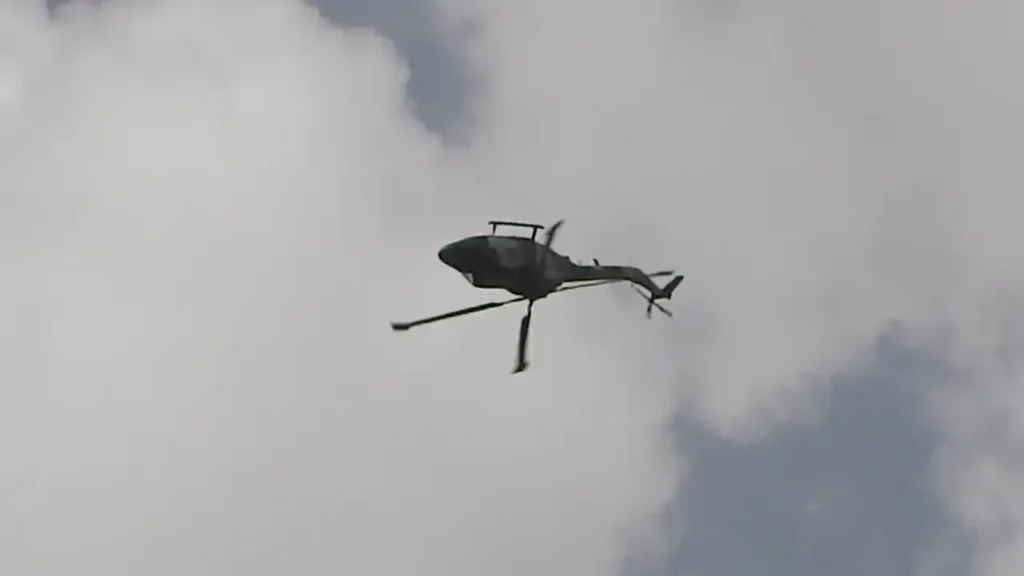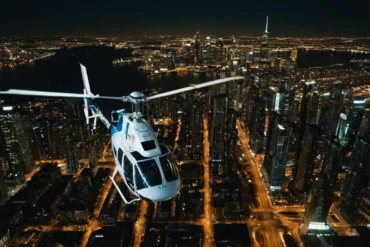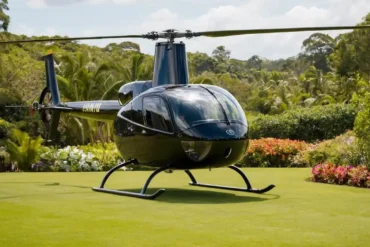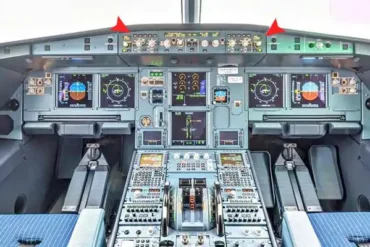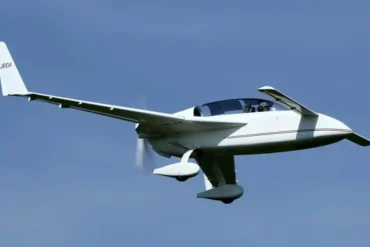Helicopters are amazing machines that can do all sorts of tricky maneuvers in the sky. You may have seen some jaw-dropping helicopter stunts at air shows where they seem to defy gravity by flipping and turning in wild ways. One particularly astounding trick is when a helicopter flies completely upside down!
But how do they pull off this feat? Is it even possible for a helicopter to fly upside down?
The short answer is yes, some helicopters can sustain brief periods of upside-down flight. But it takes immense skill and control on the pilot’s part.
Unlike airplanes, helicopters rely on their main rotor blades to provide lift and control. To fly upside down, the pilot has to precisely adjust the pitch and angle of the rotor blades to keep producing upward lift even when the helicopter is inverted. The aircraft also needs to have enough engine power and rotor speed to maintain lift in this unusual position.
Performing upside-down maneuvers puts immense strain on the helicopter and requires lightning-fast reactions from the pilot to keep the aircraft stable. Any small mistake could result in a loss of control. That’s why upside-down helicopter stunts are typically only attempted by highly trained demonstration and aerobatic pilots during airshows.
So while it may seem impossible, super-talented helicopter pilots can briefly defy gravity and fly their amazing machines upside down! It’s an incredible testament to the skill and precision that goes into controlling these unique aircraft.
How Helicopters Fly and Maneuver
Helicopters are really amazing when you think about how they can fly and maneuver. Unlike airplanes that use fixed wings, helicopters rely on large spinning rotor blades to generate lift. These blades spin incredibly fast, up to 500 times per minute! This creates a strong downdraft of air that pushes the helicopter up into the sky. The faster the rotors spin, the more lift is produced to keep the helicopter aloft.
Over the years, improvements in helicopter design and navigation have made them very sophisticated modes of transportation. They can take off and land vertically, hover in place, and move in all directions – things regular airplanes just can’t do! Many also believe helicopters provide a better chance of surviving a crash compared to planes.
Now, given that helicopter flight depends on the rotor blades constantly spinning overhead, you might wonder – can a helicopter fly upside down? From a technical standpoint, the answer is yes! Since the spinning blades always push air down to create lift, the helicopter should be able to fly inverted as long as the rotors keep turning.
Of course, flying upside down takes immense skill for the pilot to maintain control. They have to perfectly adjust the blade angles while inverted to keep producing upward lift. It’s extremely challenging flying that’s usually only done for stunts. But some helicopters actually have the capability to briefly fly upside down if needed – though that’s not something you’ll see during a normal passenger flight! So while unconventional, helicopters can technically defy gravity and go inverted with the right equipment and pilot.
Can Helicopters Fly Upside Down?
In theory, helicopters should be able to briefly fly upside down since their rotor blades provide vertical lift. But in reality, pulling off this wild maneuver takes immense skill and a helicopter designed specifically for aerobatics.
According to experts, most regular helicopters can’t safely sustain prolonged upside-down flight. Their rotor systems just aren’t built to handle the stresses involved. The blades would need to be extra rigid, and the controls would need mods to tilt the rotors for downward lift.
That said, some specialty helicopters like the Westland Lynx are engineered for brief inverted stunts. Skilled pilots can carefully manipulate the inverted controls to tilt the blades and gain brief upside-down lift. It takes immense precision though – one small wrong move could lead to a loss of control!
So while an everyday passenger helicopter can’t loop-de-loop, aerobatic choppers and pilots can pull off barrel rolls and short upside-down moves for airshows or movies. But I wouldn’t try it outside of a professional setting! Experimenting with toy remote-control copters is a safer way to get a taste of the physics involved.
While helicopters remain bound by gravity, their unique versatility continues to amaze. The ability for some models to go inverted, if only for seconds, is a testament to aviation engineering and pilot expertise pushing the boundaries.
